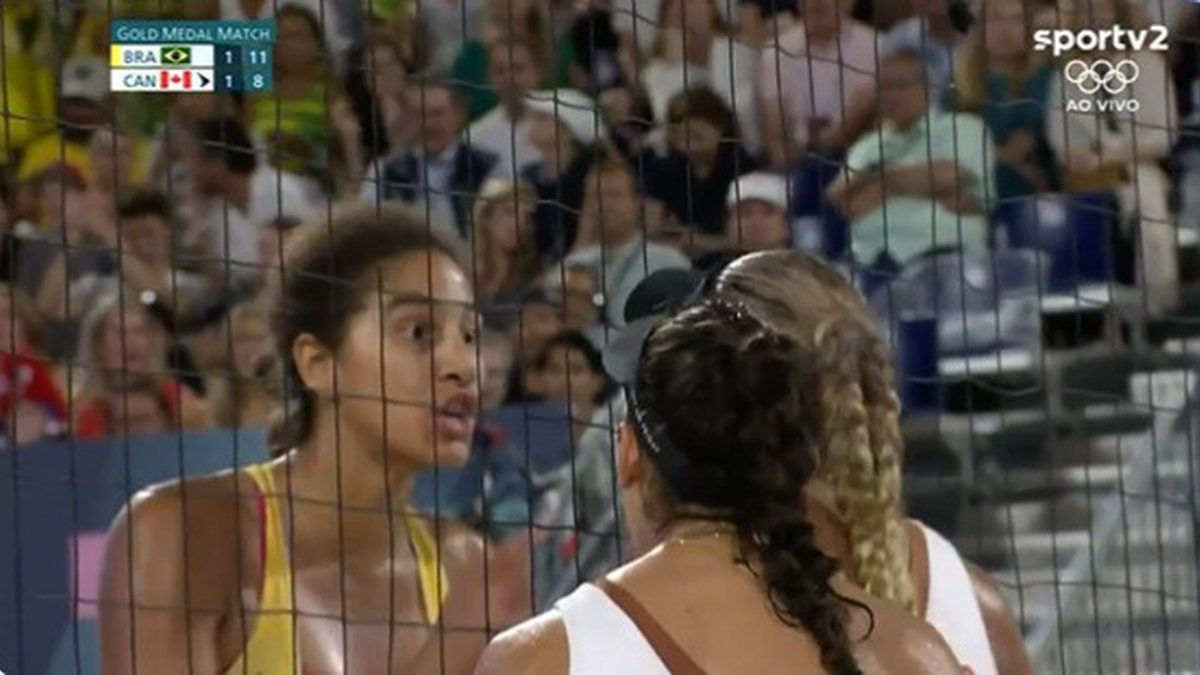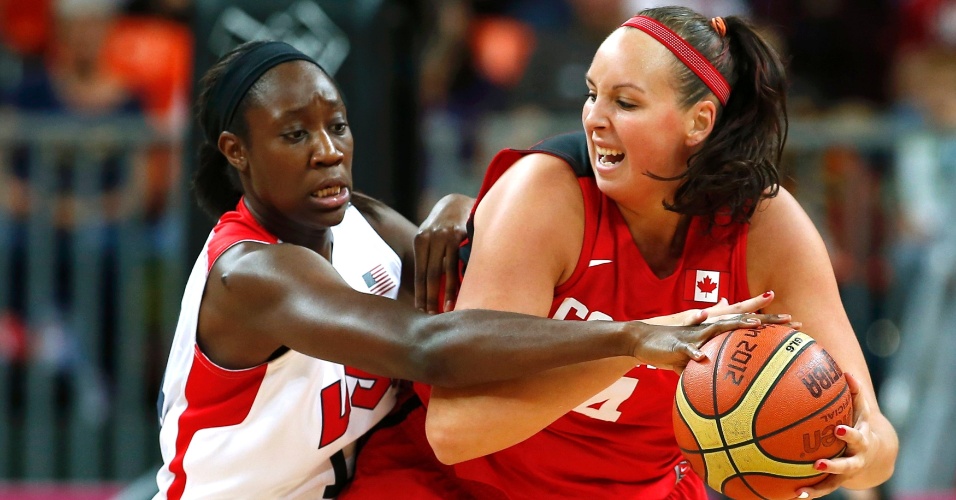For many, the GPS Watches are an extremely useful training tool: devices from popular brands like Garmin, Suunto and Coros are equipped with satellite technology and heart rate monitors to produce a range of functions. But there are other runners, including those at international level, who struggle to understand all the fuss. For them, the diversity of data is more of a hindrance than a help.
As a decorated running back at Notre Dame and then the University of Tennessee, Dylan Jacobs didn’t buy into a system that many of his teammates considered essential. But on the rare occasions when he succumbed to peer pressure and put a GPS watch on his wrist, he remembered almost immediately why he resisted the temptation.
“The races seemed a lot longer,” said Jacobs, 23, a three-time champion. NCAA, the American college sports league. “That was one of my main problems. I wasn’t having fun and I wasn’t looking around. Instead, I looked at the clock every quarter mile to see how much time I had left.
Heather MacLean, 28, an Olympic 1,500-meter runner, remembers a time in her life when she took advantage of the usefulness of a GPS watch. As a student at the University of Massachusetts, she began to understand the value of sleep — and, more importantly, that she wasn’t getting enough sleep — while working in a neuroscience lab. So she started using a Garmin Forerunner to track her rest and adjust her schedule.
Later, as a first-year professional for the New Balance Boston team, MacLean tried to be consistent in using a GPS watch, but was hampered by some problems. The first one? She always forgot to charge it.
“I let it die all the time and I’m really lazy with that stuff,” she said.
Second, MacLean realized that the watch was taking away the enjoyment of his races. This was especially evident for her during a down period when she was simply trying to get back into shape.
Photograph: Kirby Lee/USA TODAY Sports
“I hated the fact that every run I did, I felt like I had to check my pace and my distance and everything else,” she said. “So I decided to stop wearing it for a while and switch to a classic watch.”
She never used the GPS device again.
MacLean, who now uses an Armitron Dragonfly that she says she bought for $10 at Walmart, acknowledged that there were certain workouts for which a GPS watch would be useful, such as when she was doing a tempo run on her own. (Tempo runs are faster than casual runs and are often done at a prescribed pace). But Mark Coogan, his coach, has long prioritized effort over pace, and MacLean records his activity in minutes rather than kilometers.
“I know I’m at the elite level now, so it’s not all going to be nice,” MacLean said. “But when there are things that bring me a lot of joy, I invest in them. And one of those things is the ability to not focus on my pace during races. »
Without the pressure of having to count every mile you run – or, imagine that, posting your workouts for public inspection on Strava, an exercise tracking platform — MacLean also started listening to his body better. She has no problem forgoing an extra workout if she’s not feeling well.
“And I tell Mark I’m going for a walk instead,” MacLean said. “And he says, ‘OK!'”
Sam Prakel was a high school star in Versailles, Ohio, when the assistant coach of his cross-country team introduced him to the magic of GPS watches. Prakel invested in one. It was a mistake from the start.
“I started running really fast in all my races,” Prakel said, “and it became harder to recover because I was so focused on my pace. I quickly realized it wasn’t good for me.
Instead, Prakel opted for another technology-free model, which he used during his first year at the University of Oregon. When the bracelet broke his second year, he ordered another one. Prakel, 28, has worn the same simple watch ever since – during his time in Oregon and in recent years as a professional runner in Oregon. adidas. He never needed to change the battery.
The current U.S. indoor champion in the men’s 1,500 and 3,000 meters, Prakel has a system that works for him, which in some ways is a step backwards. What did runners do before the advent of GPS watches? Estimates.
In Prakel’s case, a 65-minute run equals approximately 16.09 km and a half-hour light workout equals 6.43 km. It doesn’t have to be precise. “As long as I’m doing the same things every week and staying consistent, that’s all that matters,” he said, adding, “I feel like I’m in a better place when I don’t have to worry about all this data. »
For some runners, aesthetics are also important. Luke Houser, a University of Washington junior who won an NCAA championship in the men’s indoor mile last winter, wears a Vintage-inspired Casio with a digital dial and a gold-tone metal bracelet. His teammates simply call him “the golden Casio.”
“I just think it looks cool,” he said. “I’ve never been interested in cadence or heart rate, which I don’t think is ever that accurate. All you need to know is how you feel and what time it is. This fixes the problem.
Kieran Lumb, who recently broke his own Canadian record in the men’s 3,000 meters, knows very well that he is the type of person susceptible to the sweet seduction of data.
At the University of British Columbia, Lumb majored in electrical engineering. Later, while running in Washington, he earned a master’s degree in information systems. And for a long time, no one who knew him was surprised that he kept an Excel spreadsheet to catalog his sleep, his workouts and what he called “perceived nominal fatigue.”
“I’m just trying to do a little data science on myself,” he said.
Trouble is, Lumb, 25, who now works professionally for sportswear brand On, hasn’t worn a GPS watch since he was a competitive cross-country skier and growing up in Canada. When he was a freshman in college, he traded in the device for a Casio “calculator” watch that didn’t even have a lap function suitable for track training.
Photograph: David Jaewon Oh/The New York Times
“So I had to remember all my sets,” he said, “and it was amazing.”
Lumb noted that because many runners are naturally competitive, they can become obsessed with numbers. And the task of reaching the top of the list of elite runners can be particularly grueling.
As a result, Lumb coach Andy Powell tries to keep things as simple as possible. For Lumb, that means ditching his Excel spreadsheets in favor of Powell’s old-school approach: weekly training records that his runners fill out and file in physical binders.
“There’s something nice about taking your time and writing by hand that I find almost endearing,” Lumb said. “It took me a while to become less neurotic, but it’s liberating. »

“Evil pop culture fanatic. Extreme bacon geek. Food junkie. Thinker. Hipster-friendly travel nerd. Coffee buff.”

:quality(80):focal(735x1165:745x1175)/cloudfront-us-east-1.images.arcpublishing.com/estadao/AECNBG4SOZBJJHLF2KRHAFVCXQ.jpg)




:strip_icc()/i.s3.glbimg.com/v1/AUTH_da025474c0c44edd99332dddb09cabe8/internal_photos/bs/2024/x/2/N6XJkFRYWxJY6hAeUEtw/betty2.png)
